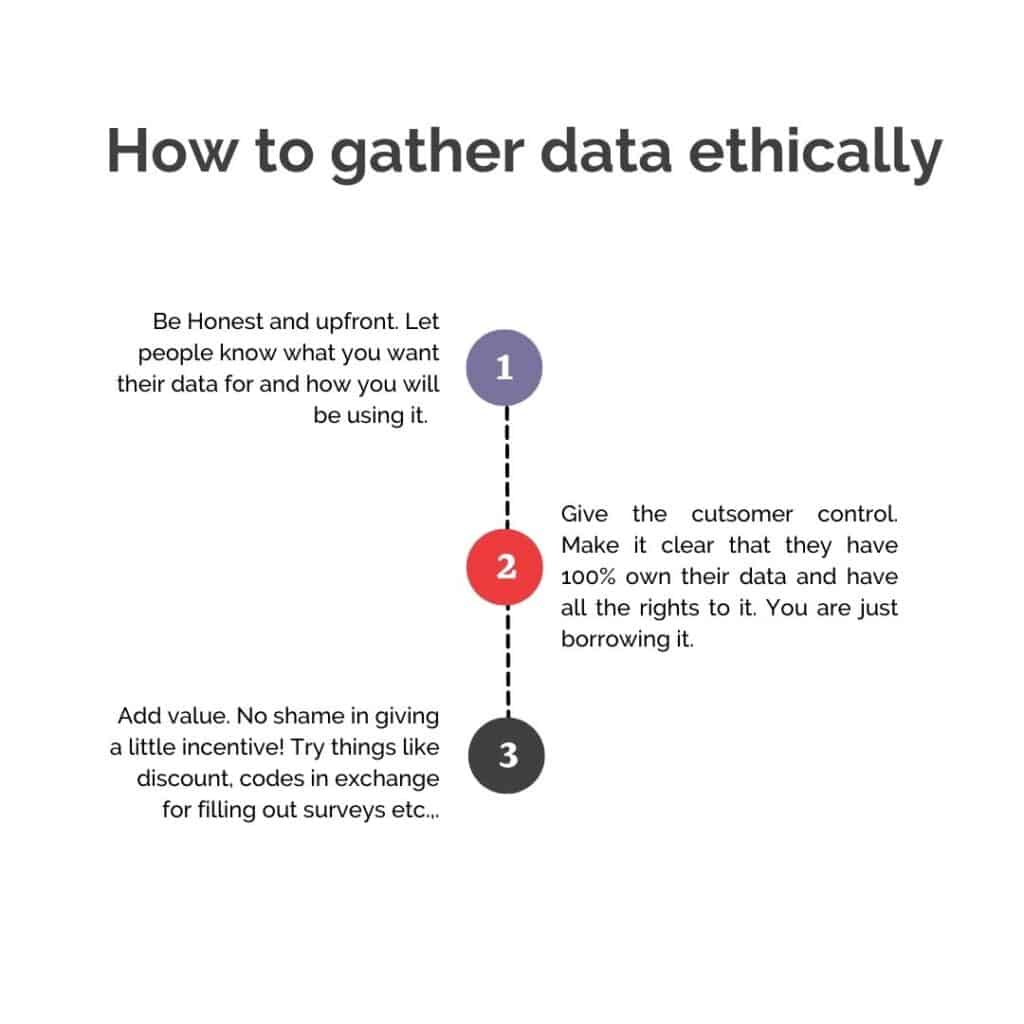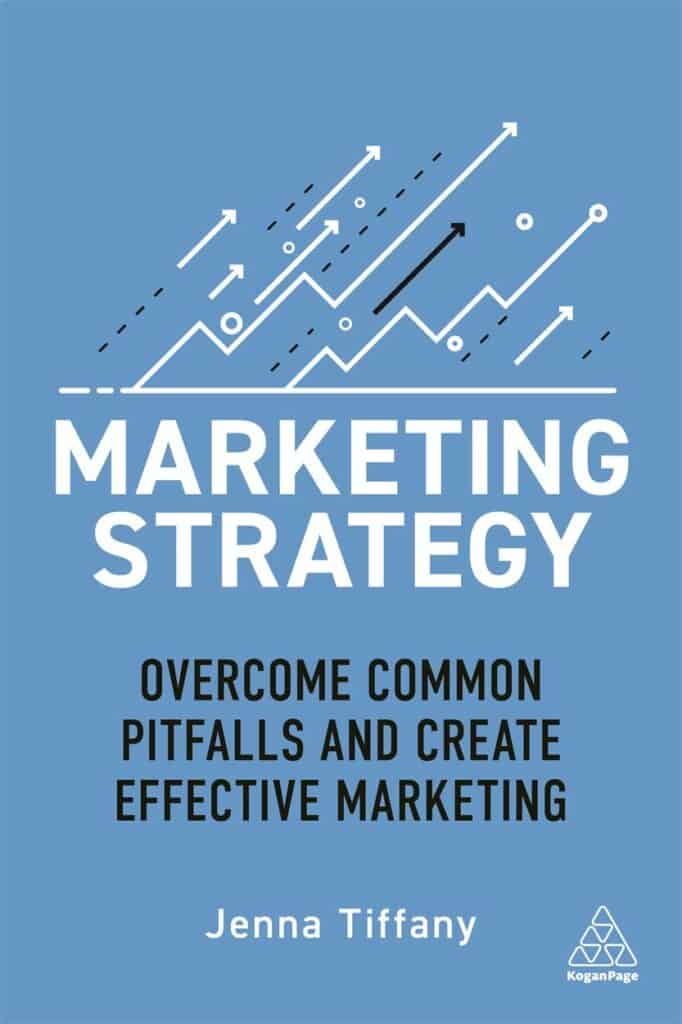In my last blog, we explored the Hierarchy of Needs and how you can use it to understand your customers.
The Hierarchy of Needs can be used to both understand your customer, and to understand how your product can give your customer that all-essential value.
However, to do this most effectively, you need to understand what your customers’ needs actually are.
This isn’t just about selling your products (although that’s definitely a big advantage!) Building a strong and loyal customer base is all about fostering relationships with your customers. And, just like in real life, the best relationships are based on trust and mutual understanding.
As I put it in my book, ‘Marketing Strategy’;
“If you’re doing your job right, your potential customers already have plenty of resources where they can learn about you. So, now it’s time to put in the work at your end. To build that all-important brand-consumer relationship, you need to learn about your customer”
Here, I’m going to show you how you can gain that understanding and build a relationship with your customers without intruding on their privacy.
Learning about your customers’ needs through data
Customer data isn’t hard to come by. It’s generated at every single touchpoint. Whenever a customer orders something from you, or contacts customer services, or even ‘likes’ one of your social media posts, you get a bit of data.
You can use that data to understand who your customers are, where they hang out, the kinds of things they like, and (crucially) what they need.
Other ways of gathering customer data include:
- Conducting interviews
- Surveys
- Looking at trend reports
- Looking at sales reports
- Analysing patterns of engagement
- Asking other industry professionals for their own audience insights
The important thing is to use data with consent.
Remember a couple of paragraphs ago, when I said that the best relationships are based on trust and mutual understanding? This is where the trust comes in.
Data is very valuable. It can reveal a lot of sensitive information about people. If your customers have been kind enough to give you that information (and you should always ask for permission before taking sensitive data!) the very least you can do is to treat it with respect. I.e. don’t sell it to third parties, don’t blast it out there for the world to see, keep it safe, and so on.
Here are some basic rules of thumb when it comes to ethical data-gathering and use:

The more data you gather, the more you can potentially learn about your customers.
As you analyse your data, you will see patterns begin to emerge. For example, you may find that a certain demographic loves a certain product, or that your Facebook page followers are most likely to engage at certain times.
All of these insights are valuable. You can use them to learn more about who your customers are, and how you can position your product in ways that are relevant to their needs.
However, in order to do this properly, you need to have a strategic framework for drawing and using these insights.
In my next post, I’ll be sharing great strategic tricks for getting closer to your customer – so stay tuned!
If you’d like to skip to the chase and learn everything you need now, you can find it all in Chapter 4 of my multi-award winning book, ‘Marketing Strategy’. Buy it today!
Order through the Let’sTalk Strategy website for a 20% discount!


